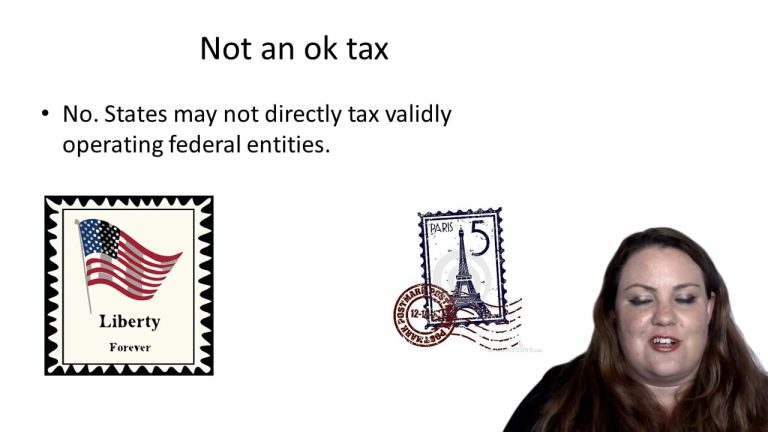SmartBrief
Confirm favorite deletion?
Constitutional Law Keyed to Varat
McCulloch v. Maryland
Citation:
17 U.S. (4 Wheat.) 316, 4 L.Ed. 579 (1819).
InstructorMatthew Steinberg
CaseCast™ – "What you need to know"
Facts
After a debate between Alexander Hamilton and Thomas Jefferson about the constitutionality of a national bank, President George Washington signed a bill to incorporate the First Bank. However, the Bank fell out of favor, and its charter was not renewed. In 1816, President Madison approved a plan for the second Bank of the United States. Some states believed that federal banks hurt their state-owned banks and passed legislation either prohibiting federal banks from being chartered within their borders or taxing them excessively. Maryland taxed the Bank of the United States by requiring the Bank to issue notes only “upon stamped paper.” The Bank could avoid the tax by paying the state $15,000 annually. Each time the Bank issued notes on unstamped paper, it would be fined $500. McCulloch, the cashier for the Bank, refused to pay the tax.
Only StudyBuddy Pro offers the complete Case Brief Anatomy*
Access the most important case brief elements for optimal case understanding.
*Case Brief Anatomy includes: Brief Prologue, Complete Case Brief, Brief Epilogue
- The Brief Prologue provides necessary case brief introductory information and includes:
Topic:
Identifies the topic of law and where this case fits within your course outline.Parties:
Identifies the cast of characters involved in the case.Procedural Posture & History:
Shares the case history with how lower courts have ruled on the matter.Case Key Terms, Acts, Doctrines, etc.:
A case specific Legal Term Dictionary.Case Doctrines, Acts, Statutes, Amendments and Treatises:
Identifies and Defines Legal Authority used in this case.
- The Case Brief is the complete case summarized and authored in the traditional Law School I.R.A.C. format. The Pro case brief includes:
Brief Facts:
A Synopsis of the Facts of the case.Rule of Law:
Identifies the Legal Principle the Court used in deciding the case.Facts:
What are the factual circumstances that gave rise to the civil or criminal case? What is the relationship of the Parties that are involved in the case.Issue(s):
Lists the Questions of Law that are raised by the Facts of the case.Holding:
Shares the Court's answer to the legal questions raised in the issue.Concurring / Dissenting Opinions:
Includes valuable concurring or dissenting opinions and their key points.Reasoning and Analysis:
Identifies the chain of argument(s) which led the judges to rule as they did.
- The Brief Prologue closes the case brief with important forward-looking discussion and includes:
Policy:
Identifies the Policy if any that has been established by the case.Court Direction:
Shares where the Court went from here for this case.
Topic Resources
Topic Outline
Topic Refresher Course

 14m 29s
14m 29s